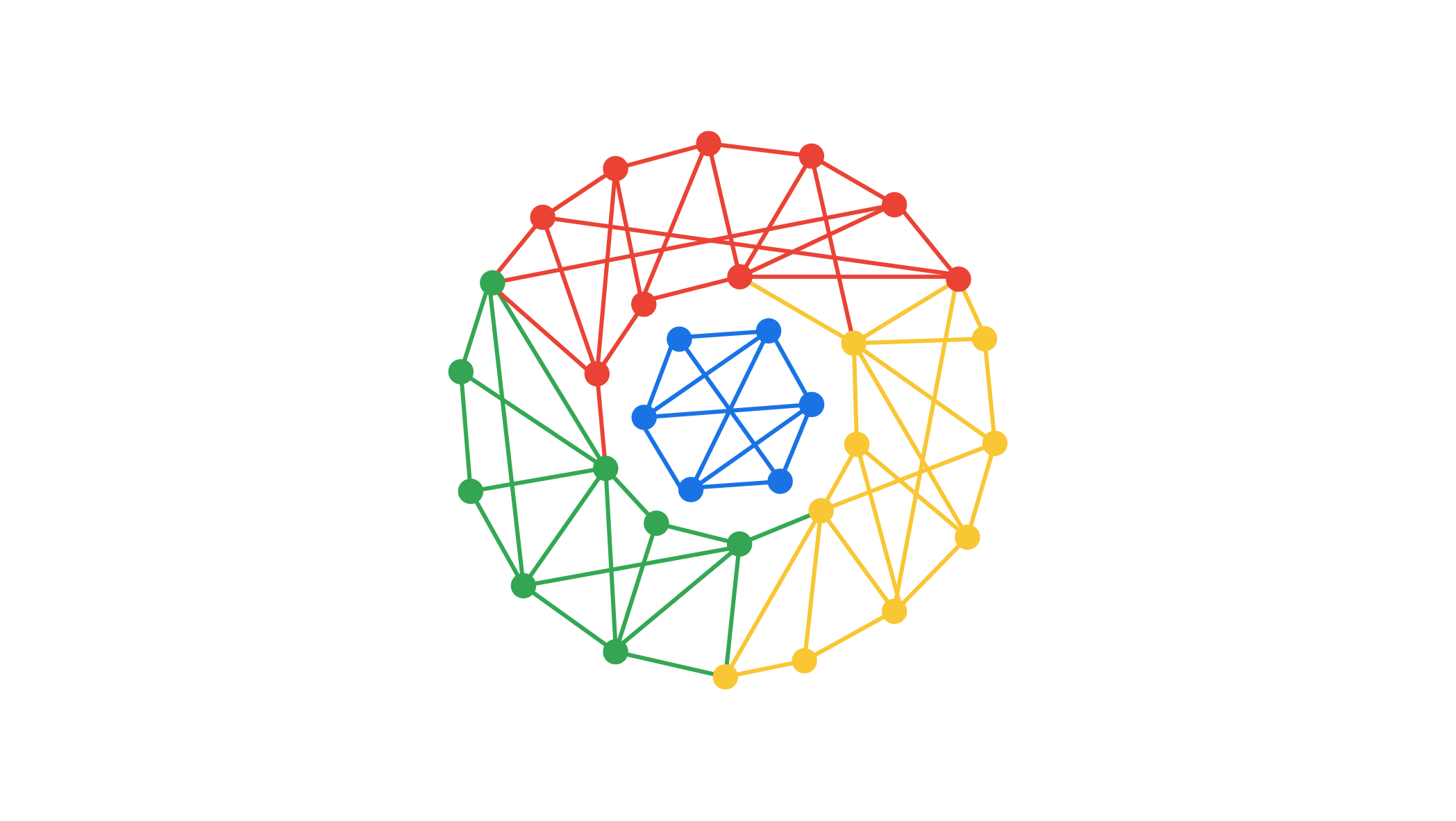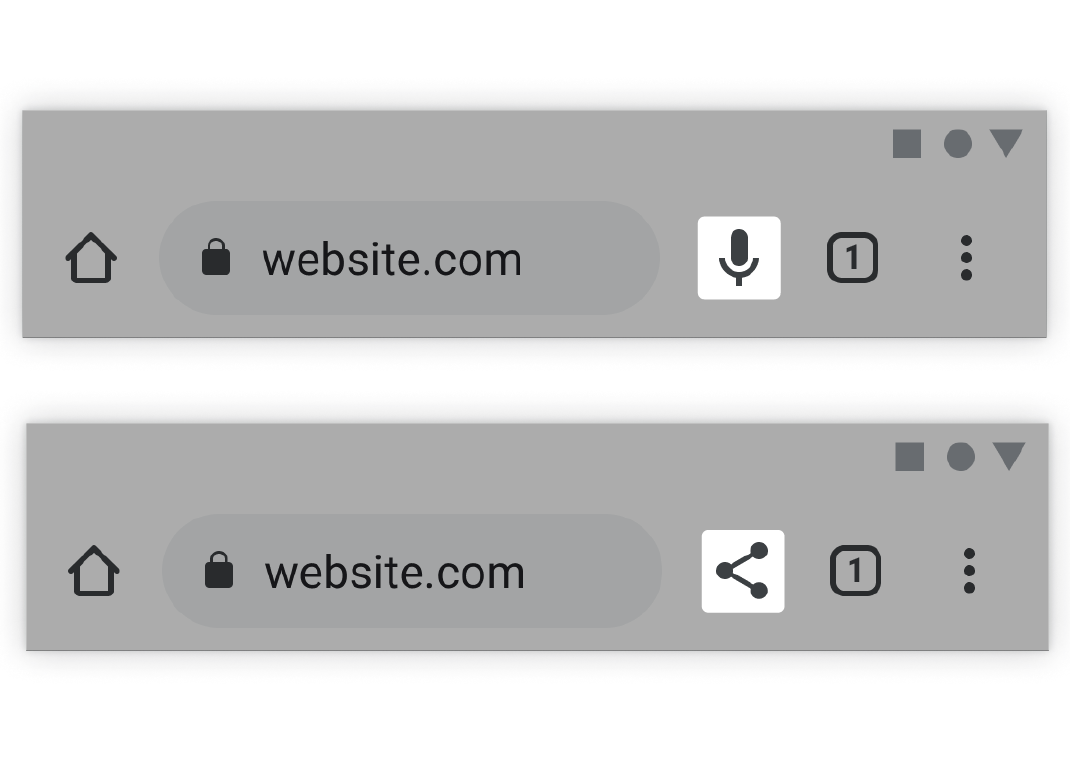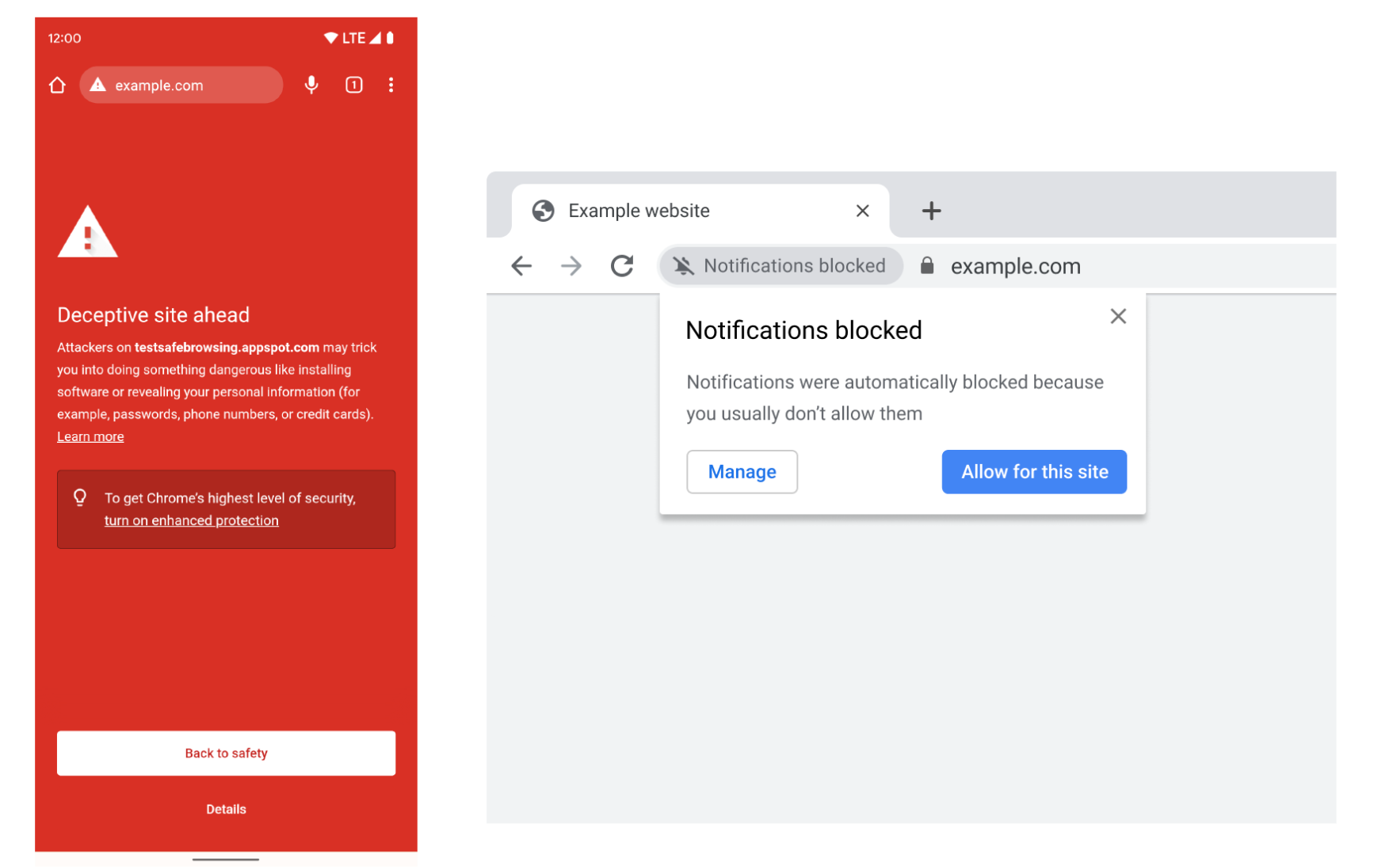Google Chrome may not change all that much on the surface anymore, much to the dismay of those who would love the browser to implement bottom bar navigation on Android. But the company is still working on improving and optimizing every little piece of code within it, and it’s always catching up with the latest development trends. Google has highlighted a few new machine learning-based features that it has recently introduced to its browser, like an intelligently changing toolbar button for Chrome on Android, improvements to the history-replacing Journeys, and better phishing protection.
The most noticeable feature here is probably the toolbar shortcut for Chrome on Android, which you may have spotted on your phone already as part of Chrome 101. As we covered, a new icon has appeared for some in the top bar of Chrome next to the address bar, and it’s based on the actions that you use most frequently from the overflow menu, like sharing, voice searching, or opening a new tab. Right now, the affair seems to be pretty ridgid, with Google offering only one shortcut at a time automatically, but in the future, the company has announced that it wants to use machine learning to always show you the most relevant button at a given time. If you tend to share news stories during a browsing session in the morning, you’re more likely to see the share button at that time. If you then follow that up with voice searches throughout the day, that’s the shortcut that’s more likely to show up for you.
On the translation front, Google will use machine learning technology to determine which sites you visit might need to be translated and which you will likely want to use in the original language, making it easier for you to research all the great places you want to see on that trip to bella Italia. The new model is better at understanding which language a website is written in.
On the security front, the company is also rolling out enhancements, specifically starting with Chrome 102. The version of Chrome runs a new machine learning model within the browser that figures out which browser notifications people are more likely to ignore or which might be dangerous, and will block them automatically. Additionally, another new model offers 2.5 times better phishing detection.
It’s safe to assume that this is just the beginning of more machine learning features in Chrome. While we don’t know which other parts of the browser can benefit from machine learning, there are surely things that Google is already prepping for all the upcoming releases of Chrome.



